When it was first introduced, marking Kia’s entry into India in 2019, the Seltos was an instant success. I remember saying after the drive that as a first effort for a new brand in India, getting the product so right was phenomenally great!
It’s been getting incremental improvements, but this is its first big cosmetic and features-based upgrade.
Design
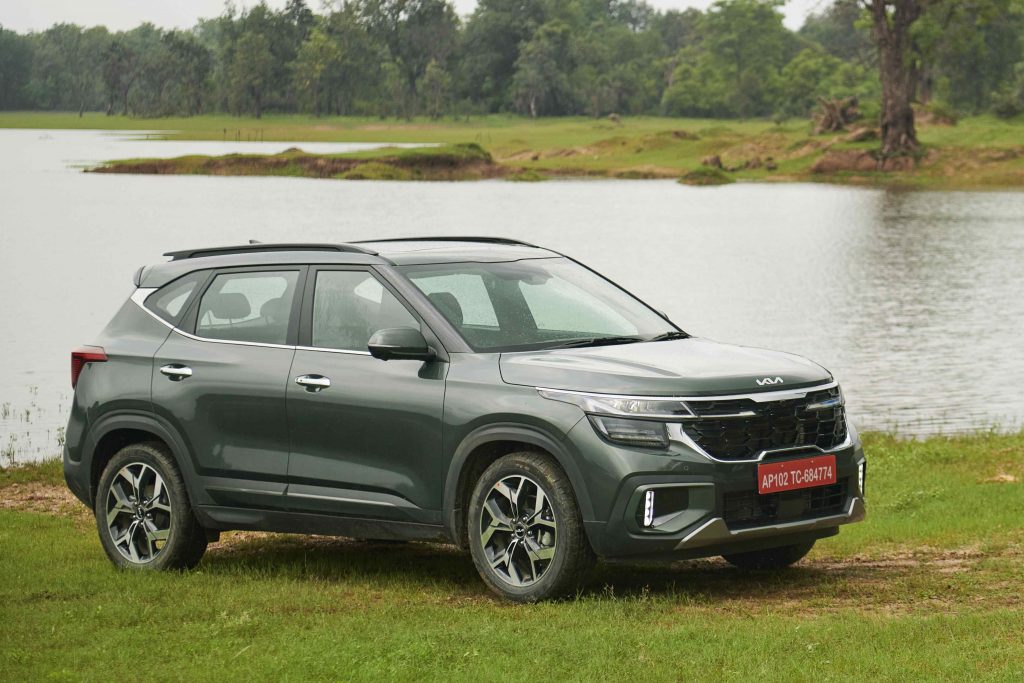
On the aesthetics, it’s a bit bolder perhaps — the larger and more defined grille holds the mantle at the front, the bumper is completely revised across the trim range, and so are the lights — which are all LEDs. It was the Seltos that gave us the sweeping front light bar which gave it instant recognition on the road. That element has been evolved further and with the larger grille, it continues to look striking.
Along the side, not much has changed and the waist and window lines are the same, so pretty similar appearance as before. It’s the rear which gets a different look, courtesy mainly of the tail lamp look and light signature, and a new bumper design.
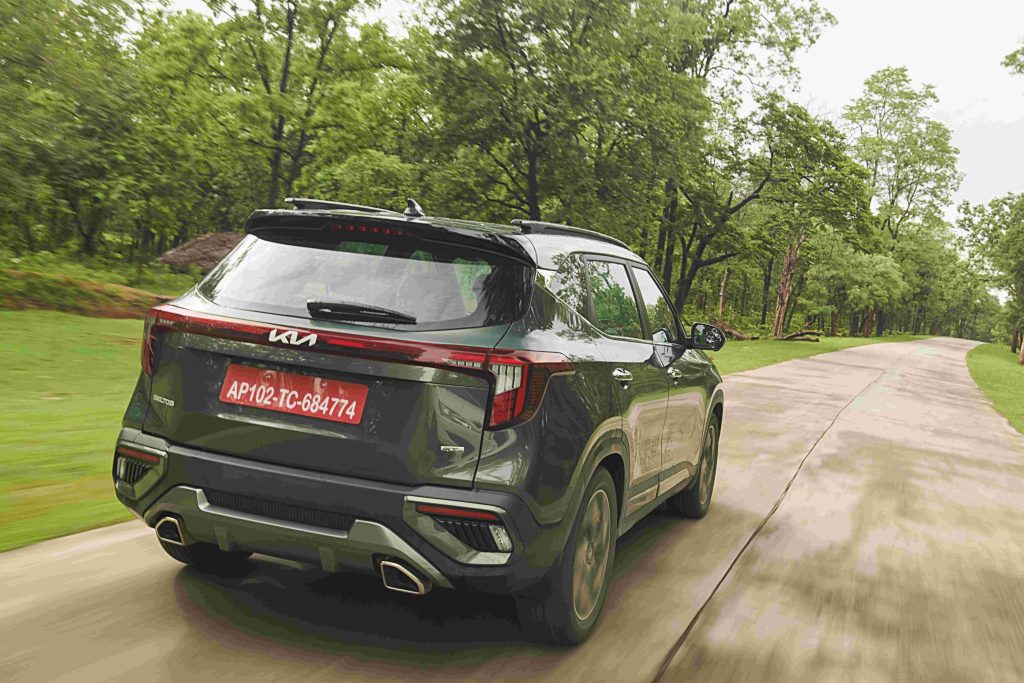
The Seltos has grown a bit in overall length but none of that is a factor of mechanical or platform change. It’s purely because of the revised bumpers, so the overhangs have grown slightly.
Despite the design treatment to make it look bolder, the Seltos thankfully still maintains its stance and balance. It’s may be a bit more gimmicky but catches the eye no doubt.
Interior
The biggest change comes in the form of this large latitudinal glass housing which hosts 10.25 inches worth of infotainment and instrument modules each. It’s a big step aside from the previous Seltos and brings this one up to the current market trend.
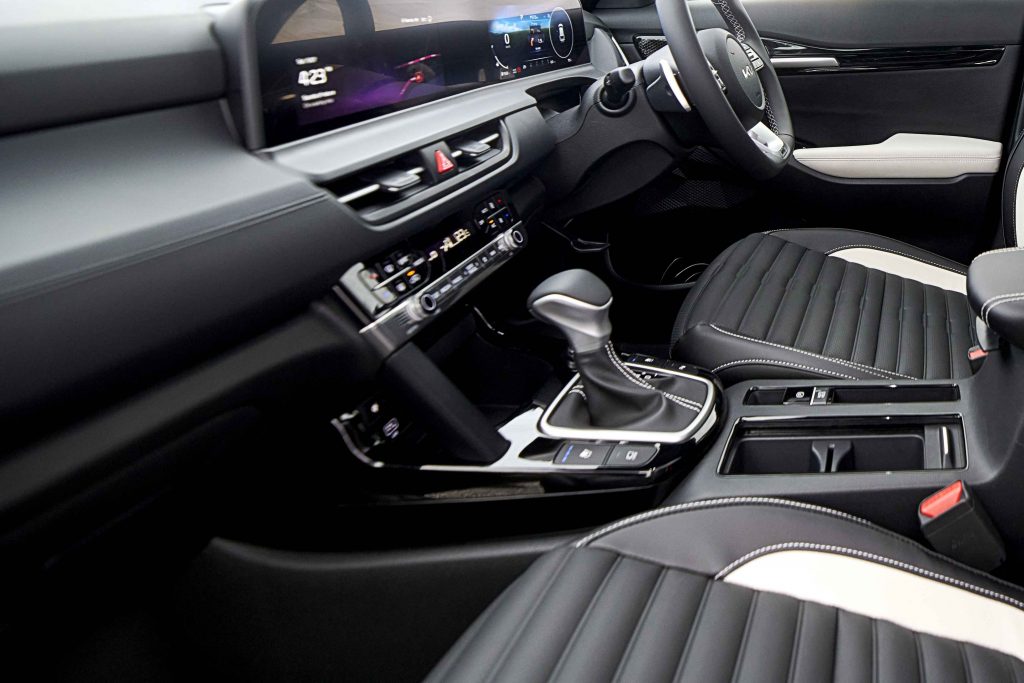
It offers all sorts of things — the basic connectivity suite, and navigation etc, but it’s a bit daft that there’s no wireless Android Auto and Apple CarPlay. There’s a voice command function and a brilliant 360-degree camera — that’s good. I’m glad that Kia didn’t dump crucial and often-used functions into the menu and sub-menus on the screen. The HVAC and media controls are controlled through physical buttons. There are seat ventilation USB slots and very usable storage bins.
The design of the dashboard is fairly straightforward. Nothing is obtusely done, there’s no pouring of unnecessary stuff and the colour palette is different shades of grey in the GT Line, but in the Tech Line, the theme is more light and airy because of the contrast dual tone treatment.
The upholstery is different, but I’m not sure what the seat’s basic architecture is. I think it’s the same frame as before but it seems like they’ve been given better definition and foam density. If not that, then the new upholstery really has done wonders here! These are fairly comfortable seats and for the most part, you shouldn’t have any issues doing long journeys.
Space is exactly the same as before. The hard points are the same, the wheelbase is the same there is no alteration on the basic platform. There is a bit of a difference in the state of tune of the suspension, but we’ll get there in a bit.
At the front, it’s great — lovely reach on the steering wheel, which itself can be adjusted for reach as well as rake, so, with the adjustable seat, getting into a good driving position is a breeze. The seats are also nice and grippy. At the back, the space is about adequate — a fair amount of knee room, and good space for the shoulders and elbows if you have two people in the back. With three, as with the previous Seltos, too, it’ll be a bit tight — I won’t recommend it. Sun blinds are a good addition. The bench in the back is also good; nice recline angle, and fairly decent thigh support and it’s not entirely flat, so the bolstering along the sides comes in to offer good support.
I’ll wrap the interior bit with one peculiar item. The mesh cover for the speakers and tweeters has a Crumpled look to them. When you enter and first see them, it’s a weird thing to the eyes — as if someone took a blunt instrument and attacked them. But this look has no acoustic amplification effect. It is purely for style, but I’m not entirely sure if it really is a stylish execution!
Driving
As I said a little while back, there’s really no change or update to the chassis in terms of its architecture. But, a little strengthening of some important platform members and along the pillars has been done… but that’s largely to manage the increased weight and control the flex due to the huge glass roof running all the way till the back.
To drive, the Seltos is pretty much the same as before. The most immediately noticeable attribute? The steering feels the same — it’s got a linear yet directly connected feel. The front end turns and grips in much the same way, too and it’s generally a good car to throw around some open winding roads.
The suspension tuning is basically on the dampers.
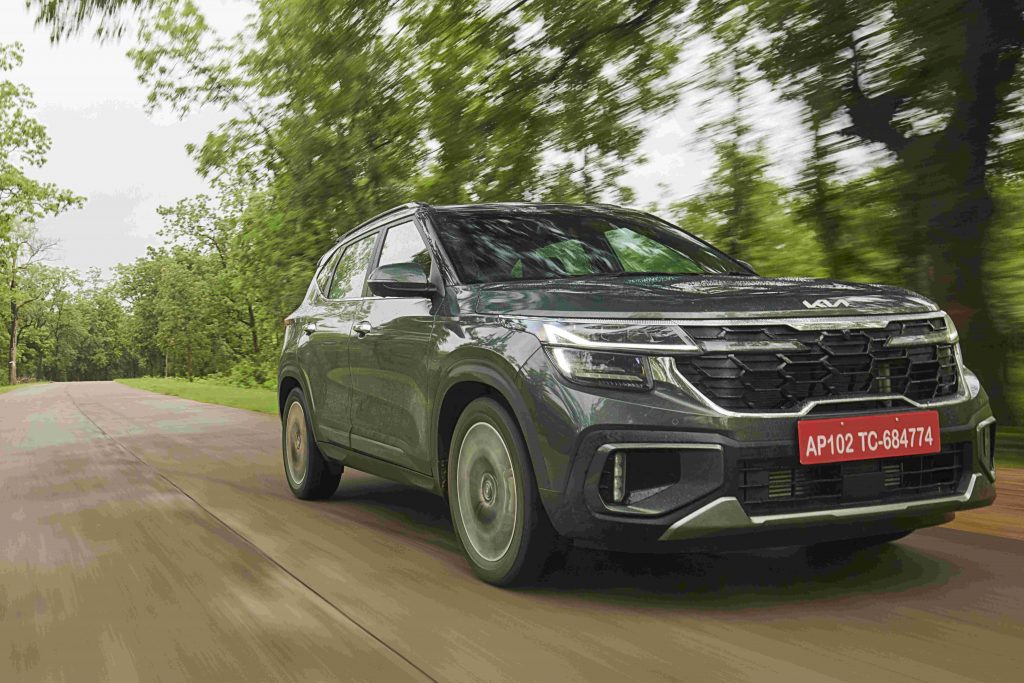
They are more generous in managing the weight shift and compression, settling down the car in a very natural way. The most important additions in the updated Seltos are the ADAS features and a new 1.5-litre turbo petrol engine; which is the one we are driving.
Let’s look at the ADAS suite: this one gets forward collision warning and avoidance and can identify cars, pedestrians, cyclists or things coming on at junction crossings and apply emergency brakes in full fury.
There are three assists in lane driving feature: lane departure warning will give you a warning if you’re veering off from the lane you’re driving in… …lane keep assist will apply counter torque on the steering wheel and move you back in between the lane markings… …and there’s lane follow function as well that sticks you alongside a lane marking. There’s also cruise control which adapts to the behaviour of the vehicle in front. If it slows down, this will slow down, and will pick up pace if the vehicle in front will…
There are other features as well that work on blind spot recognition — the car will not only warn you about something coming at you but hidden in your blind spot but will also apply brakes to avoid a collision. There’s collision avoidance for rear cross-traffic scenarios as well.
And the final part of the updated package: its 1.5-litre turbo petrol engine. The earlier 1.4 turbo petrol was a fully imported engine; this 1.5 is locally assembled so gives Kia an advantage in price. In its global application, this engine comes with a 48-volt mild hybrid system, which Kia has decided to omit in India.
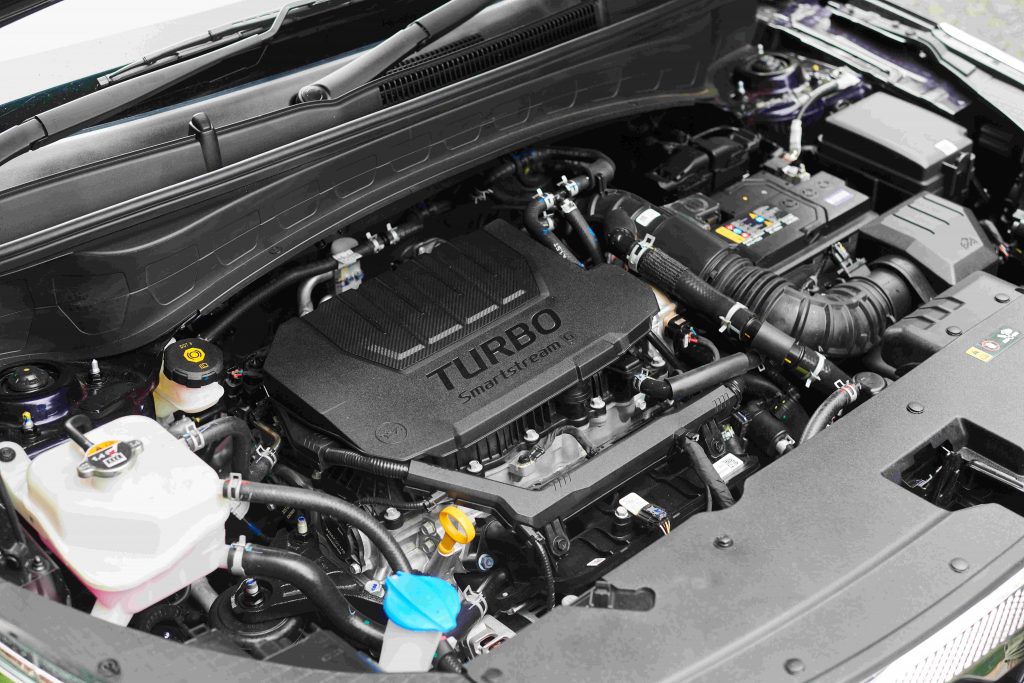
This is a little strange because it would’ve given the Seltos a higher ego and more bragging rights. Considering that Grand Vitara and HyRyder both come with not just mild, but strong hybrid systems, reaching the minds of the customers with a soft approach to hybridisation might have been a good exercise by Kia. But that’s not the case because the 1.5 turbo is a simple forced indication IC format power supplier.
It produces 160PS at 5,500 rpm and 253Nm between 1,500-3,500 rpm. It doesn’t give you the feel of being a 160-horsepower engine even when you’re in sports mode, but that’s I think because of the gearbox. It’s not a bad dual-clutch transmission but it’s a tad slow — very slightly — on upshifts. But you get this clear sense that the engine would’ve felt better with a snappier gearbox.
The Seltos — in some trims — also gets different traction modes. It essentially works off the TCS or traction control and when it senses either of the front wheels losing grip, it applies brake force on that wheel. This system works on three different traction levels: snow, mud, and sand. So, depending on the terrain or the condition, the appropriate amount of brake compensation will be affected by the system.
Will this allow the Seltos to go off-road? Not by a long shot! But it’s a good thing to have when into some fields or a bit of rough rural landscape.
Conclusion
The updated Seltos retains almost all of the strong points of the outgoing model. It’s built well, it’s got a huge features list which is now populated with additional ADAS items too, the space is okay, the seats offer adequate comfort and it overall still is a smart-looking thing. Maybe a bit overdone in some parts but it’s not offensive.

The new 1.5 turbo engine — that’s a strong performer in the mid-range but it’s more a cruiser than a rapid shifter, and that’s down to the DCT gearbox not matching up entirely. And maybe omitting the mild hybrid tech is a missed opportunity for Kia? I don’t know.
But the main clincher is its price. The Seltos has not climbed several steps and its price bracket is more or less similar to before… a few thousand here and there, but it goes between INR 1,100, lakh for the base version, which will get the footfall that Kia is chasing, and INR 2,000,000 for the top variant which gets all the bells and whistles. The mid-spec variants are quite worthy and the 1,600,000-1,800,000 market just got a very impressive addition — the updated Seltos.



